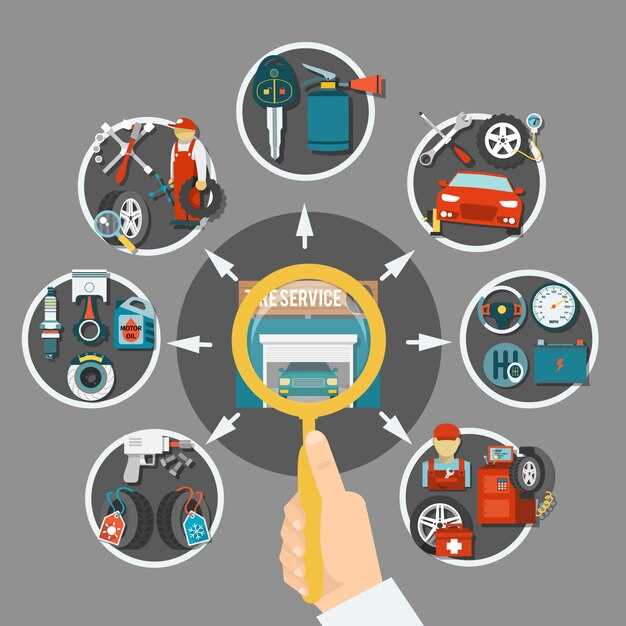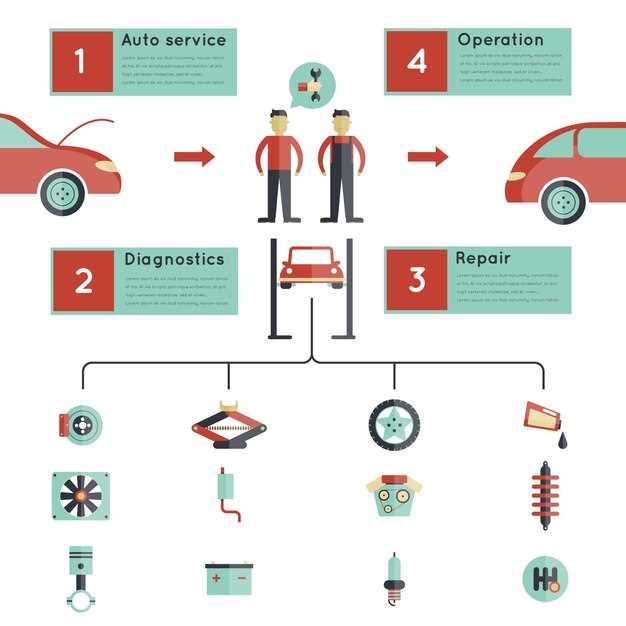
Maintaining the suspension system of your truck is crucial for ensuring optimal performance, safety, and comfort. A well-functioning suspension aids in handling and stability, especially when carrying heavy loads or navigating rough terrain. Neglecting this vital system can lead to premature wear and costly repairs, making regular maintenance essential for any truck owner.
Regular Inspections are fundamental to preserving the integrity of your truck’s suspension system. By routinely checking components such as shocks, struts, and springs, you can identify signs of wear or damage early on. Look for leaks, corrosion, or unusual noises while driving, as these can indicate problems that need attention.
Additionally, ensuring that your truck remains properly aligned is key to the longevity of your suspension system. Misalignment can lead to uneven tire wear and decreased handling ability, ultimately affecting your truck’s performance. It’s advisable to have the alignment checked periodically, particularly after hitting potholes or other road hazards.
Finally, consider investing in quality replacement parts when repairs are necessary. High-quality components can enhance the performance and lifespan of your suspension system, ultimately saving you money in the long run. By prioritizing maintenance and choosing the right parts, truck owners can ensure a smoother and safer ride.
Regularly Inspecting Shock Absorbers for Optimal Performance

Shock absorbers play a crucial role in your truck’s suspension system by controlling the impact and rebound movement of the vehicle’s springs. Regular inspection of these components is essential to ensure your truck maintains proper handling, comfort, and safety.
Here are some key points to consider when inspecting your shock absorbers:
- Visual Inspection:
- Look for any signs of leaking fluid around the shock body.
- Check for rust or corrosion that may compromise the shock’s integrity.
- Examine mounting brackets and bushings for wear or damage.
- Performance Check:
- Take your truck for a test drive on various road conditions.
- Pay attention to any unusual noises or vibrations while driving.
- Check for excessive body roll, bouncing, or swaying during handling and turns.
- Physical Examination:
- Press down on each corner of the truck to observe how it responds.
- If the truck bounces more than once or twice, it could indicate worn shocks.
- Recommended Replacement Interval:
- Shock absorbers typically need replacement every 50,000 to 100,000 miles.
- Refer to your truck’s owner manual for specific recommendations.
By regularly inspecting your shock absorbers, you can extend their lifespan and ensure your truck performs optimally. Regular maintenance not only enhances driving experience but also contributes to overall vehicle safety.
Understanding the Importance of Wheel Alignment and Its Impact

Wheel alignment is a critical aspect of vehicle maintenance that directly affects the performance and longevity of your truck’s suspension system. Proper alignment ensures that the wheels are positioned at the correct angles relative to each other and the road. When alignment is off, it can lead to uneven tire wear, decreased fuel efficiency, and compromised handling, creating a safety risk for the driver and passengers.
Misalignment can occur due to several factors, including hitting potholes, curb impacts, or general wear and tear over time. When the wheels are misaligned, they can pull to one side, causing the driver to struggle to maintain a straight path. This not only makes driving uncomfortable but can also lead to increased strain on the suspension components, resulting in costly repairs.
One of the most significant impacts of poor wheel alignment is its effect on tire life. Tires that are not properly aligned may wear unevenly, requiring premature replacements. This can lead to additional financial burdens and safety issues, as uneven tires can affect traction and stability, especially in wet or slippery conditions.
Regular wheel alignment checks, ideally every 6,000 miles or during routine maintenance, can prevent these issues. Ensuring that the wheels are aligned not only extends the life of the tires but also improves fuel efficiency. Well-aligned wheels reduce rolling resistance, allowing the engine to operate more efficiently and save on fuel costs.
In summary, wheel alignment is an essential component in maintaining your truck’s suspension system. Keeping your wheels aligned enhances safety, improves handling, and preserves the lifespan of both the tires and suspension components. Investing time and resources into proper wheel alignment will ultimately pay off through better vehicle performance and lower maintenance costs in the long run.
Choosing the Right Replacement Parts for Custom Suspension Upgrades
When upgrading your truck’s suspension system, selecting the appropriate replacement parts is crucial for enhancing performance and maintaining safety. Start by identifying your specific needs: are you looking for improved handling, increased load capacity, or enhanced comfort? This will guide you in choosing the right components.
Research Compatibility: Ensure that the parts you consider are compatible with your truck’s make, model, and year. Consult the manufacturer’s specifications or user manuals to prevent issues during installation and operation.
Quality over Price: While it might be tempting to opt for cheaper options, investing in high-quality components will pay off in the long run. Premium parts are usually more durable, better engineered, and often come with warranties that offer additional peace of mind.
Consider Your Driving Conditions: The environment in which you drive can greatly impact the performance of your suspension system. For off-road enthusiasts, heavy-duty shocks and springs designed for rugged terrains are essential. Conversely, those who primarily drive on highways might benefit more from components focused on ride comfort and stability.
Seek Professional Advice: Reaching out to suspension specialists or experienced mechanics can provide valuable insights. They can recommend trusted brands and specific products that align with your performance goals. Additionally, online forums and user reviews can offer real-world feedback on different parts.
Testing and Adjustment: After installation, test the new parts under various driving conditions to ensure they meet your expectations. Be prepared to make adjustments to alignment settings or ride height for optimal performance.
In summary, choosing the right replacement parts for custom suspension upgrades involves thorough research, prioritizing quality, understanding driving conditions, seeking expert advice, and being open to making necessary adjustments. These steps will not only enhance your truck’s performance but also ensure a safer and more enjoyable driving experience.




